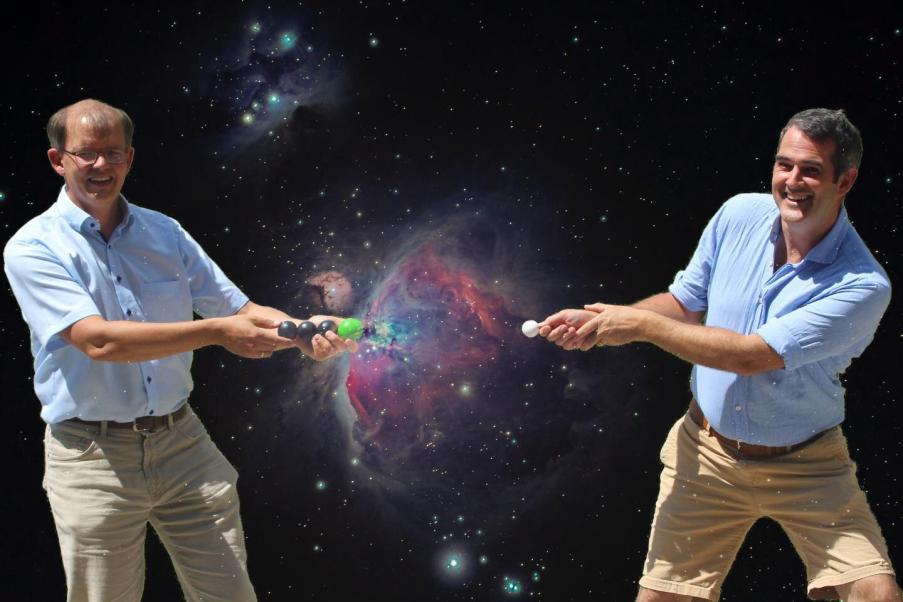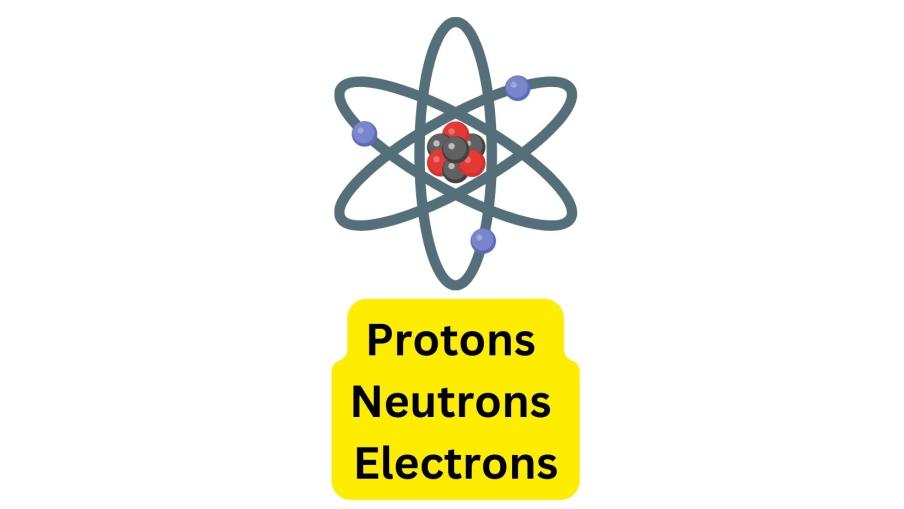How Do Electrons Cause the Northern Lights?
The Northern Lights, also known as aurora borealis, are a natural light display in the Earth's sky, primarily visible in high-latitude regions. These mesmerizing lights are a result of the interaction between charged particles from the sun and Earth's magnetic field.

The Science Behind The Northern Lights
The Role Of Charged Particles From The Sun
The sun constantly emits charged particles, known as solar wind, which travel through space. These particles include protons, electrons, and alpha particles.
Interaction Between Solar Particles And Earth's Magnetic Field
When the solar wind reaches Earth, it encounters the planet's magnetic field. The magnetic field lines guide the charged particles towards the poles, where they are concentrated in a region called the auroral oval.
Formation Of The Auroral Oval
Within the auroral oval, the charged particles collide with atoms and molecules in the Earth's atmosphere, causing them to become excited. As these excited atoms and molecules return to their normal state, they release energy in the form of photons, which we perceive as light.
The Process Of Electron Excitation
- Collision: Solar particles collide with atoms and molecules in the atmosphere, transferring energy to them.
- Excitation: The atoms and molecules absorb the energy, causing their electrons to move to higher energy levels.
- Photon Emission: As the electrons return to their original energy levels, they release the absorbed energy as photons of light.
Colors Of The Northern Lights

The color of the Northern Lights depends on the energy levels of the excited electrons.
- Green: The most common color, produced by oxygen atoms at an altitude of about 100 kilometers.
- Red: Less common, produced by nitrogen atoms at higher altitudes (above 200 kilometers).
- Blue and Purple: Rare, produced by helium and hydrogen atoms at very high altitudes.
Factors Influencing The Northern Lights
- Solar Activity: The intensity and frequency of the Northern Lights are influenced by solar activity, such as sunspots, solar flares, and coronal mass ejections.
- Earth's Magnetic Field Strength: The strength of Earth's magnetic field affects the shape and location of the auroral oval.
- Atmospheric Conditions: Weather conditions, such as cloud cover, can affect the visibility of the Northern Lights.
Importance And Significance Of The Northern Lights
- Cultural and Historical Significance: The Northern Lights have been a source of awe and inspiration for cultures throughout history, inspiring myths, legends, and artistic representations.
- Scientific Value: Studying the Northern Lights provides valuable insights into space weather, Earth's magnetic field, and the interaction between solar particles and the atmosphere.
- Potential Impact on Technological Systems: The Northern Lights can potentially affect technological systems, such as power grids and satellites, due to geomagnetic disturbances.
The Northern Lights are a captivating natural phenomenon that results from the interaction between electrons from the sun and Earth's magnetic field. These mesmerizing lights not only provide a breathtaking spectacle but also hold scientific and cultural significance. Understanding the role of electrons in creating the Northern Lights enhances our appreciation for the dynamic and interconnected nature of our planet and its place in the solar system.
YesNo

Leave a Reply